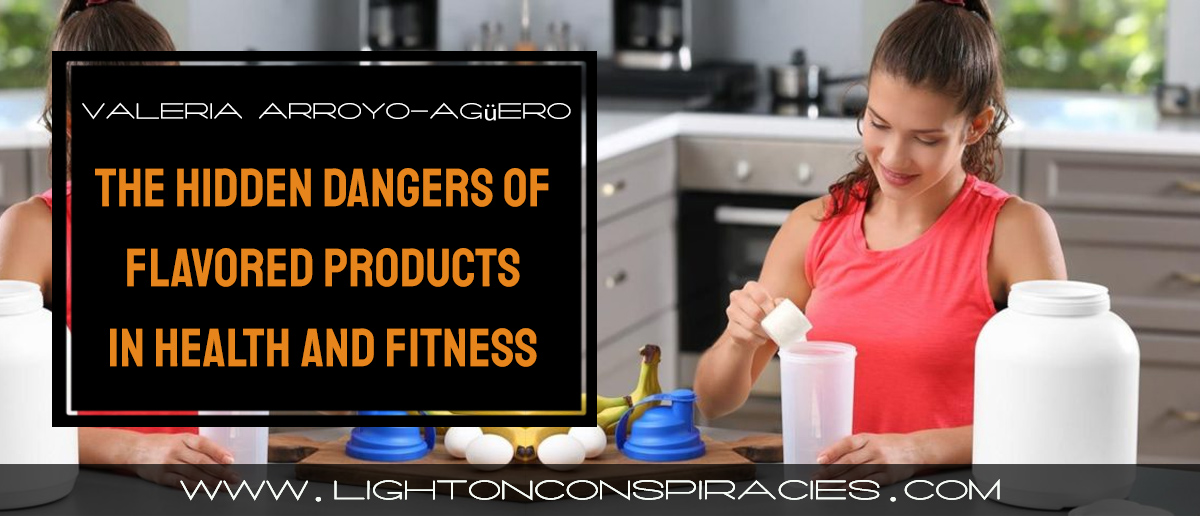Most people who are attuned to health and wellness news are certainly aware of the vast change in consumer habits we have seen surrounding a host of chemical additives proven to be in our food. People have become increasingly conscious of the negative health effects of chemicals such as endocrine disruptors, artificial colors and flavors, high-fructose corn syrup and even genetic modification of our food – especially when it comes to their children.
This has led companies as large and diverse as General Mills, Pizza Hut, Baskin-Robbins, Taco Bell, Dunkin’ Donuts and more to alter their products and menus to appeal to the growing consumer base who are trying to be as healthy as possible, even when consuming fast food, snacks and the occasional treat.
At the same time, however, there has been an equal push by many companies to try and cash in on this trend toward consumer awareness and health by obfuscating their ingredients through terms that sound healthy, but might be completely the opposite. One of the greatest threats is contained in the term “naturally flavored.” This, among many other marketing techniques, becomes especially important in the areas of more intense fitness that often relies upon supplementation to optimize one’s gains in the gym. Unflavored protein powder and products which can properly withstand heightened scrutiny are going to be part of the next phase of awareness as people begin drilling down behind the marketing and opportunism in the health and fitness industry. Let’s look at some of the hidden “gems” we all should become aware of.
Firstly, it is important to realize that the FDA has permitted food manufacturers to restrict listing the actual chemicals that often appear in food. These dangerous chemicals hide behind the general term “artificial flavors.” As proof of this, in 2018 the FDA decided to ban 7 synthetic food additives after a lawsuit from environmental groups. As NPR reported at the time:
Ever heard of these food additives? Synthetically-derived benzophenone, ethyl acrylate, methyl eugenol, myrcene, pulegone, or pyridine?
These compounds can help mimic natural flavors and are used to infuse foods with mint, cinnamon and other flavors.
You’ve likely never seen them on food labels because food manufacturers are permitted to label them simply as “artificial flavors.”
This is, of course, shocking on two fronts – one, that not a single consumer was ever aware that these chemicals existed in their food supply; and two, that it took a lawsuit from an independent organization to essentially hold a government oversight body accountable for the work it should have been doing itself.
But it gets worse – the same manufacturers and government have applied their definitions to “natural flavors” as well. So, people who have embarked on a path to wellness might believe they are dodging anything artificial when consuming energy drinks and protein powders supposedly designed for health and fitness. However, a wonderful report by one concerned parent highlighted just how devious these “natural” secret ingredients can be.
After her 4 children showed varying degrees of behavioral issues, Mary decided to eliminate everything she knew to be artificial in her children’s diet. She kept a food journal to enhance her own diligence, but her one daughter continued to exhibit the same behavior. Mary decided to investigate even deeper; much to her dismay, she learned that in many cases “food chemists” are creating these natural flavors. It’s something that CBS covered back in 2011, my emphasis added.
When you chug a sports drink or chew a stick of gum, you probably don’t think of science. But there is a precise science – and a delicate art – behind what you’re tasting. Morley Safer reports on the multibillion dollar flavor industry, whose scientists create natural and artificial flavorings that make your mouth water and keep you coming back for more.
Due to the loose definition which appears in the Code of Federal Regulations Title 21, things only become more muddied. Mary concluded that:
natural flavor is basically the same thing as artificial flavor. The only real difference is the ingredient(s) it starts with. Natural flavor starts with real food. But it still undergoes various chemical processes which result in a product not much different than its artificial counterpart. (Source)
Healthline offers what some of these “natural” components are – the last one is particularly stomach-churning:
- Amyl acetate: This compound can be distilled from bananas in order to provide banana-like flavor in baked goods.
- Citral: Also known as geranial, citral is extracted from lemongrass, lemon, orange and pimento. It is used in citrus-flavored beverages and sweets.
- Benzaldehyde: This chemical is extracted from almonds, cinnamon oil and other ingredients. It is frequently used to give foods an almond flavor and aroma.
- Castoreum: A somewhat surprising and unsettling source, this slightly sweet substance is found in the anal secretions of beavers. It is sometimes used as a substitute for vanilla, although this is rare due to its high cost.
Until we get to a far more transparent level with our food advertising, it is best to stick with unflavored products. It’s also easy enough to add your own organic-based flavors purchased from trusted local sources to create and enhance your own super workout beverage.
We are encouraged never to be lazy in the gym, so we certainly shouldn’t be lazy when researching the ingredients that help us maximize our fitness potential.
Image: Thrifty Fit Mom













